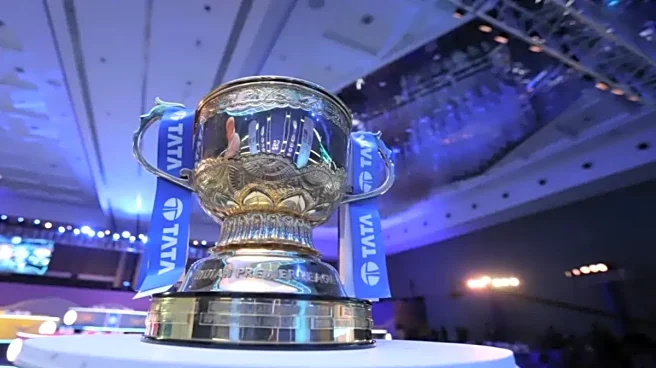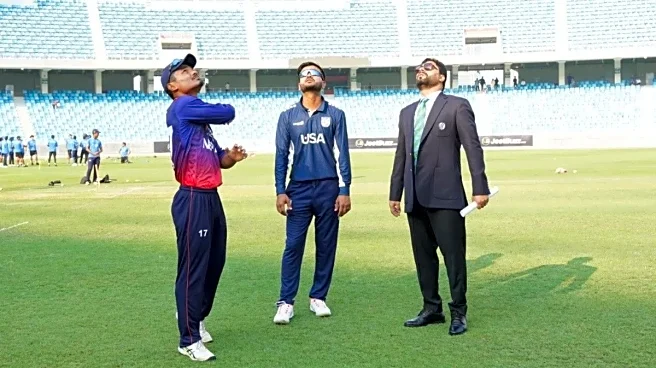As the world transitions toward a multipolar order, a silent but decisive realignment is reconfiguring global geopolitics. At the centre of this shift lies the increasingly assertive strategic convergence
between China and Pakistan, now being actively reinforced through newly emerging alliances across the Middle East and Africa. This evolving axis is not just a regional concern, it is designed to challenge India’s rise in the Global South, undermine its influence in the Islamic world, dilute its defence export potential, and strategically encircle it through hybrid warfare, diplomatic exclusion, and maritime influence. India must not ignore the magnitude of this transformation. These developments call for an urgent recalibration of foreign policy, deeper outreach to its extended neighbourhood, and stronger strategic presence in the Indian Ocean and West Asia.
China’s Weapon Outreach: Pakistan as a Battlefield Showcase
Over the past decade, Pakistan has transformed into the primary combat-testing ground for Chinese defence technology. According to the Stockholm International Peace Research Institute (SIPRI), 81% of Pakistan’s total arms imports between 2020–2024 came from China. Unlike other Chinese clients, Pakistan is not merely a buyer, it is China’s live demonstration platform.
- Every conflict Pakistan engages in along the Line of Control or international border with India becomes a marketing pitch for Chinese drones, fighter jets, guided munitions, and surveillance systems.
- Beijing has understood what the West achieved through NATO wars, it is not enough to develop weapons; they must be seen winning wars.
- Pakistan’s narrative that “Chinese equipment performed successfully against India” is being whispered across African capitals and the Arab world, boosting China’s defence credibility while undermining India’s rise as a defence exporter.
If India does not immediately accelerate its defence export diplomacy with credible demonstrations, technology transfer offers, and joint production models, it risks losing the battle of perception before it even begins.
Pakistan’s Re-emergence in the Middle East: From Isolation to Strategic Relevance
For years, Pakistan had lost strategic influence in the Gulf due to its internal instability and economic dependency. But a new chapter is unfolding:
- Saudi Arabia and Pakistan signed a Strategic Mutual Defence Agreement in 2025, which includes provisions for shared defence coordination. This is the first such agreement signed by Riyadh outside the GCC framework post-1979.
- Bahrain, Qatar, and the UAE, each for their own security concerns, are reopening military corridors for Pakistan, inviting its officers for joint exercises, and engaging in counter-terrorism consultations where Pakistan is positioned not as a problem, but as a partner.
This shift is consequential. While India has built extraordinary economic relationships in the Gulf, a strategic vacuum exists in the defence and intelligence architecture, one that China and Pakistan are rapidly filling.
China is facilitating this shift by:
- Offering Gulf states low-cost, high-tech surveillance, missile defence, and UAV systems.
- Positioning Pakistan as a “Sunni military arm” compatible with Gulf strategic doctrines.
- Using its leverage in the Red Sea and Arabian Sea to create a maritime triangulation aimed at constraining India’s naval outreach.
Africa: The New Frontier of Strategic Contestation
China controls the narrative in over 15 African capitals through infrastructure projects, debt diplomacy, and digital surveillance networks. Now, Pakistan is being positioned as China’s military proxy in Africa. Pakistani military trainers have already been deployed in Nigeria, Somalia, and Sudan, offering Chinese weapon systems bundled with Pakistani military doctrine.
Why is this dangerous for India?
1. Africa is a major defence and energy market of the future.
2. India has deep historic goodwill in Africa through the Non-Aligned Movement and development assistance.
3. China-Pakistan outreach threatens to replace India’s image of strategic autonomy with that of a passive power.
If India does not act swiftly, it will lose the strategic depth it has carefully cultivated over decades.
A Threat to India’s Global South Leadership
India has emerged as the credible voice of the Global South due to its civilizational ethos, non-imperial history, and moral authority. However, China is working aggressively to:
- Portray itself as the “anti-West alternative” while quietly expanding its military-industrial footprint.
- Use Pakistan to penetrate Islamic-majority countries where India’s influence is strong but not institutionalised.
- Offer digital authoritarian tools, AI policing systems, and cyber infrastructure that bind nations to Beijing’s orbit.
- Pakistan’s re-engagement with Gulf and African states is not independent—it is a vector of China’s long-term strategy to redirect Global South alignment toward Beijing’s geostrategic vision, marginalising India.
Strategic Risks for India

What India Must Do: A Strategic Roadmap
1. Intensify Neighbourhood First and Extended Neighbourhood Policy
Rebuild trust with Maldives, Bangladesh, Sri Lanka, and Nepal with asymmetric generosity and strategic sensitivity.
Increase security cooperation with Oman, Mauritius, Seychelles, and Kenya to counter maritime encirclement.
2. Establish a Gulf Security Offer (GSO)
Just as India has trade, energy, and diaspora advantages, it must formally propose:
Defence training programmes
Counter-terrorism intelligence exchanges
Maritime security pacts
India should position itself as the security guarantor of the Arabian Sea, not a passive observer.
3. Launch a Global South Defence Diplomacy Campaign
Offer Indian defence equipment bundled with training, financing, and servicing, replicating China’s export model without the debt trap.
Prioritise partnerships with African Union and ASEAN.
4. Leverage the Indian Diaspora as a Strategic Asset
The Indian diaspora in the Gulf is not just an economic resource, it is a geopolitical constituency.
India must engage community leadership to strengthen informal channels of influence.
5. Revive Multilateral Platforms
IMEC (India-Middle East-Europe Corridor) must be operationalised in segments, even if the Israel component remains stalled.
BRICS should not become a Chinese platform; India must shape its development narrative.
India’s Window of Opportunity
India still holds decisive leverage:
- It is the largest trading partner for UAE and emerging partner for Saudi Arabia and Qatar.
- It is a trusted security partner with no history of deploying mercenaries, coercion, or interference in domestic politics.
- It offers technology, pharmaceuticals, digital governance tools, and skilled workforce unmatched by China or Pakistan.
But geopolitical equations move rapidly. If India waits for events to stabilise on their own, it risks losing initiative.
The Time for Strategic Passivity Is Over
China is building a two-layered encirclement of India, the outer layer in Africa and the Middle East, and the inner layer via Pakistan. Islamabad is being repackaged by Beijing not as a struggling South Asian state but as a strategic pillar of a new Islamic defence arc aligned with Chinese interests.
This is not merely a diplomatic shift, it is a structural threat to India’s aspiration of becoming the voice of the Global South, a global supply chain hub, and a maritime power.
India must respond with:
- Strategic urgency
- Policy clarity
- Maritime assertion
- Defence-led diplomacy
- And, above all, confidence in its civilizational leadership.
If China’s rise is built on infrastructure and coercion, India’s rise must be built on trust, strategic depth, and proactive engagement. The next decade will determine whether India will shape the world order, or be shaped by it. Looking to the strong leadership, India must shape this region.
The author is a researcher, columnist and social thinker. Views expressed in the above piece are personal and solely those of the author. They do not necessarily reflect News18’s views.



/images/ppid_59c68470-image-176208503629364953.webp)









